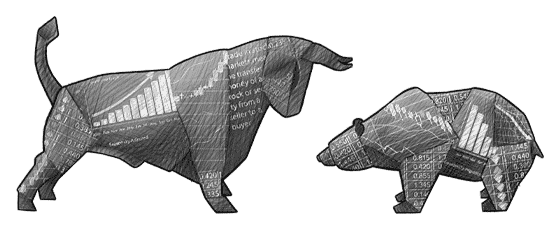How ChatGPT Actually Works

Hi, The Investor’s Podcast Network Community!
We’re taking a stab at two hefty topics today: U.S. debt default and ChatGPT. Let us know how we do.
🤿 On the other side of the pond, UK inflation remains a painful problem. The country’s Consumer Price Index was up 8.7% in April, led higher by energy and food, which increased 12.3% and 19.1% year-over-year, respectively.
U.S. inflation is in better shape, but traders are increasingly betting the Fed will raise rates again in June to keep fighting inflation, pricing the odds of a 0.25% hike at around one in three.
But let’s get past the debt ceiling crisis before worrying about what the Fed does next 😬
— Shawn
Here’s the rundown:
Today, we’ll discuss two items in the news:
- What a U.S. default would look like
- Why tipping prompts are everywhere
- Plus, our main story on how ChatGPT really works
All this, and more, in just 5 minutes to read.
POP QUIZ
How much revenue is ChatGPT projected to generate this year?
Get smarter about valuing businesses in just a few minutes each week.
Get the weekly email that makes understanding intrinsic value
easy and enjoyable, for free.
IN THE NEWS
❗What If the U.S. Defaults? (Economist)
The big question lately: What happens if America defaults on its debt?
It’s hard to predict precisely what would happen, but it depends on how quickly policymakers reverse their blunder (days versus months would matter hugely).
Either way, a default would likely send shock waves in markets with real-world consequences manifesting as bankruptcies, recession, and a tarnished national image. In other words, a stock market plunge would be only one of the possible downfalls (UBS predicts the S&P 500 would fall at least 20%).
- The probability of default remains low — the debt limit, currently at $31.4 trillion, has been raised or suspended many times before.
- Nonetheless, “We’re sailing into unchartered waters,” Andy Sparks, a portfolio management researcher, told The New York Times.
Why it matters:
The $24 trillion U.S. Treasury market is the primary source of financing for the government. It’s also the largest debt market worldwide and the backbone of the financial system, many folks’ life savings, critical to mortgage rates, the dollar, and almost everything in between.
- Shattering confidence in such a deeply important market would be “catastrophic,” said Calvin Norris, another portfolio manager.
You’d expect higher interest rates as investors demand a greater return for investing in America’s debt, given its willingness to play politics with its finances. Because Treasury bond markets shape borrowing costs throughout the economy, millions of Americans would ultimately be impacted.
- Failing to raise the debt ceiling would drive the U.S. into its first sovereign default in modern history. (The U.S. did default during the War of 1812.)
Bank lending, which greases the wheels of economic activity, could freeze up, pushing unemployment higher and sparking financial panic globally. But you might find peace knowing this is precisely why many believe politicians won’t allow a default to happen.
🤑 Why Tipping Prompts Are Everywhere (WSJ)
Over the last few years, nearly every store has joined the tip club. An iPad or similar device flips your way during checkout: How much would you like to tip on that coffee?
But now tipping prompts have gone further, showing up for locksmiths, baby formula, and wedding dresses. It’s not unusual for bridal shops to now ask brides-to-be to leave tips for the stylists who helped them find their dream gowns.
- In a competitive job market with near-record unemployment, businesses say tips help them hire and retain employees. They’ve also noted that the extra revenue from tips helps them avoid further price increases amid high inflation.
💭Matthew — A friend of mine works at a New Jersey bakery making $15/hour. Thanks to tips, she says her hourly rate doubles to about $30 on a busy day.
Why it matters:
It’s not just coffee shops: Gas stations, plant stores, and virtually every transaction has been prone to tipping, including online orders. Some customers say they feel put on the spot.
Others say they feel “guilted” into tipping on transactions.
- There’s also the issue of why businesses have a tip option, as some believe the owners should pay their employees more in hourly wages. Then again, there’s the option to leave no tip at all.
But tipping can also be reserved for only superior service, a way to express gratitude or appreciation for a job well done.
- Said one online baby formula retailer with a tip option: “Tipping offers a very real way for us to let our customers speak up and thank our warehouse team for processing their orders.”
MORE HEADLINES
🏠 Mortgage demand drops again as rates cross back over 7%
🎭 Filled Broadway seats reach pre-pandemic levels in the 2022-23 season
⏰ The odds of the U.S. going past the default date are 25% and rising, says JPMorgan
Buzzy tech
Artificial intelligence (AI) is all the rage with investors. In 2017, it was blockchain; in 2021, it was the metaverse; and in 2023, everyone’s talking about AI.
“AI” has been mentioned over 1,000 times on earnings calls this year by S&P 500 companies, as AI-related product announcements and investments have sent stocks like Microsoft and Palantir booming. Meanwhile AI-caused setbacks have been met with stern responses.
- The educational site Chegg lost almost half its market valuation after warning ChatGPT and related services may reduce its popularity amongst students.
- Alphabet’s market capitalization fell by $100 billion after its AI chatbot, Bard, botched a demo.
Nvidia, which creates high-end chips and software systems used to build AI models, has been “printing money” this year, per Bloomberg journalist Joe Weisenthal. And its stock has followed suit, surging over 100% year-to-date.
Understanding the tech
Most people have likely experimented with ChatGPT at this point. It does live up to the hype, especially given how quickly new iterations are improving.
But how do AI-powered systems like ChatGPT work?
In a recent interview on the Odd Lots podcast, the managing director and senior analyst of U.S. semiconductors at Bernstein Research, Stacy Rasgon, explains.
He paints a hypothetical picture where you want to achieve some sort of machine learning, aka a neural network, by teaching an artificial intelligence to recognize pictures of cats.
Imagine a black box with a slot on the side where you feed pictures. And on the other side, a display indicates “yes, it’s a cat,” or “no, it’s not.”
“On the side of the box, there are a billion knobs that you can turn. And they’ll change various parameters of this model that right now are inside the black box.”
Training the model
This is known as the ”training.”
Basically, you’d take a picture that you already know is either a cat or not and feed it into the box, asking the model what it is. At first, it’ll be inconsistent, but when it’s wrong, you fine-tune those parameter knobs until, after a while, the model “learns” how to recognize every possible image, including a cat.
Rasgon adds, “It’s about varying all of the parameters…these models can have billions or hundreds of billions or even more parameters that can be changed,” which means they require tremendous computing power.
Once the model is trained and can accurately recognize cat images, the computing process becomes less intensive.
In other words, the difficult part is training the AI to recognize patterns, but once that training is complete, prompting it to, for example, recognize a cat image requires less energy.
He compares these neural networks to a “bunch of circles” where each circle represents a neuron.
These rows of circles, as shown above, are connected with arrows. These circles all have an activation function, or threshold, based on inputs before the neurons fire, just like in your brain. It might give a 50% weight to one neuron (circle) and 20% to another.
These weights are “one set of parameters” that can be changed by the so-called “knobs” being tweaked during the training process.
The threshold that must be reached for a neuron to fire can vary, known as the “bias.” Put differently, neurons can have different sensitivities before they’re triggered.
Rasgon adds, “ChatGPT has 175 billion separate parameters that get set during the training process.” And it takes about “300 sextillion operations” to train ChatGPT.
Final thoughts
More simply, the chatbot uses predictive text. The model knows “based on this word and this query and my dataset…these other words typically follow, and it kind of constructs the response from that.”
Still, it doesn’t truly know whether what it’s saying is correct.
It’s hard to wrap your head around, but the economic realities are more tangible: Rasgon estimates it took around $80 million to train ChatGPT.
While many focus on ChatGPT’s ability to eat into Google’s search monopoly, which facilitates about 10 billion daily searches, Rasgon thinks this understates AI’s disruptive capabilities.
Instead, he imagines everyone having personal virtual assistants powered by AI that you could use to book plane tickets, help you drive, or manage your schedule.
Dive deeper
Breaking down how AI models work in a few hundred words is beyond our pay grade, but you can listen to Rasgon’s full interview for more context here.
TRIVIA ANSWER
OpenAI predicts that its ChatGPT tool will earn more than $200 million in revenue this year and $1 billion in 2024.
See you next time!
That’s it for today onWe Study Markets!
Enjoy reading this newsletter? Forward it to a friend.
All the best,
P.S. The Investor’s Podcast Network is excited to launch a subreddit devoted to our fans in discussing financial markets, stock picks, questions for our hosts, and much more!
Join our subreddit r/TheInvestorsPodcast today!











